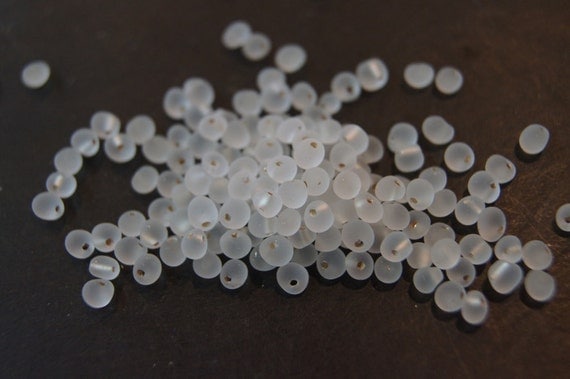This is most certainly untrue.

This was me, yesterday, volunteering at Sustainable Coastlines' building: The Flagship, in Wynyard Quarter, The Viaduct.
The sign is made completely out of rubbish collected from Ponui island in the Hauraki gulf. 30 people collected a whopping 6 bags full rubbish bags of trash along the beach, in less than four hours. It reads; Pirates of Ponui
The sign, along with a timelapse of it being created, will be used in a new Sustainable Coastlines promo video.
I was there for eight hours, and man, did I get a lot back from that day.
I mean, how flipping cool is that sign? And I got to help make it! In fact, everyone who walked through got to. And I even got to teach some people about marine conservation and marine trash, two things I am very passionate about.
I am also a regular volunteer at Motutapu island. Myself and some friends head there once a fortnight, spend most of the time working, some of the time bickering, and the remainder eating free sausages and relaxing on a beautiful island knowing we've done our bit for today.
That's a pretty good deal, in my eyes.
Whatever your cause is, whether it is marine litter and conservation (like myself), or scientific research like a few of my friends, or human rights, there is always something out there to do, someone to help, somewhere to volunteer.
Now that I think about it, that sign is a good metaphor for volunteer work:
Every little bottle cap glued to that piece of ply helps makes the message more impactful.
In the same way, every person, no matter who they are, when they go volunteering, has the ability to make an impact; every action makes a difference.
Get out there.
Thanks for reading,
Grace
Directions:
Google is your friend when it comes to volunteering.
Check Department of Conservation and Council sites for volunteer opportunities.
You can volunteer at some of the islands in the hauraki gulf, such as Tiri Tiri Matangi, Motuihe and of course Motutapu.
Check out: http://www.enviroyouth.com/volunteer.html
And finally, Sustainable Coastlines runs events all year round, or you can make your own.

 https://img1.etsystatic.com/000/0/5448784/il_570xN.320595577.jpg
https://img1.etsystatic.com/000/0/5448784/il_570xN.320595577.jpg Disclaimer: Mermaid's Tears are not made by mermaids, but by the human race. It is unfair that we blame the pollution of the ocean on mermaids.
Disclaimer: Mermaid's Tears are not made by mermaids, but by the human race. It is unfair that we blame the pollution of the ocean on mermaids.

